The refugee crisis caused by the Nazi seizure of power in 1933 was a major test which few if any states outside Germany passed with distinction. It was left to a handful of individuals working through a number of hastily constructed organisations to rise to the occasion. One of these was the Academic Assistance Council (AAC) formed shortly after the Nazis announced their intention to ban Jews and other “undesirables” from German public life. Although many made a key contribution to the work of the AAC – including one remarkable woman, Tess Simpson, the brilliant Hungarian physicist, Leo Szilard, the Nobel Laureate A V Hill, and a future LSE Director Walter Adams – it was the then LSE Director, William Beveridge, who played the central role in turning the Council into an effective organisation. Professor Michael Cox charts the rise of the Academic Assistance Council and the extraordinary (and by now almost forgotten) part played by William Beveridge in helping those German scholars betrayed by their own universities, and who, taken together, formed part of what one writer has called “the most remarkable physical movement in the intellectual world since the migration of Greek scholars” following the end of the Byzantine Empire in the 15th century”. [1]
The racial state takes shape
Among Nazi racial measures the persecution of the Jews was unique. [2]
In January 1933 Hitler was appointed Chancellor of Germany. On 23 March an “Enabling Act” was introduced which allowed the Reich government to issue laws without consent of the German Parliament. This was followed two weeks later by the passage of the “Law for the Restoration of the Professional Civil Service”, Article 1 of which claimed that in order to re-establish a “national” and “professional” civil service, members of certain groups of tenured civil servants were to be dismissed. At a stroke this meant that Jews, other non-Aryans, and political opponents could not serve as teachers, professors, judges, or other government positions. Shortly afterward, a similar law was passed concerning lawyers, doctors, tax consultants, musicians, and notaries.
In the following weeks, the circle of people affected by the law was widened, and the family background of public employees, including the staff of state-run theatres, orchestras and universities, were investigated. Because of an exception for soldiers who served at the front in World War I, the law initially affected fewer people than intended. Even so, by the end of 1933, around 2,000 civil servants and 700 university lecturers had lost their jobs. In a wave of “pre-emptive obedience”, many Jewish employees were also dismissed from their positions in private companies and the art business.
As a result of these first attacks thousands of Germans (many but by no means all of them Jewish) were compelled to leave Germany. Amongst their number were all classes of Germans. However, a good number were what might be loosely described as “the best and brightest” from all walks of professional life and from every major university in Germany. The purge was by any measure thorough – so thorough in fact that by May 1933 Berlin University alone had expelled around 25 academics and Frankfurt 24, and all this in a country where there were many fine universities with a world-wide international reputation. Egged on by those many students who supported the Nazis, and justified by a number of academics who believed in the new Aryan order – including the philosopher Martin Heidegger and the legal theorist Carl Schmitt – the impact on higher education was devastating. [3]
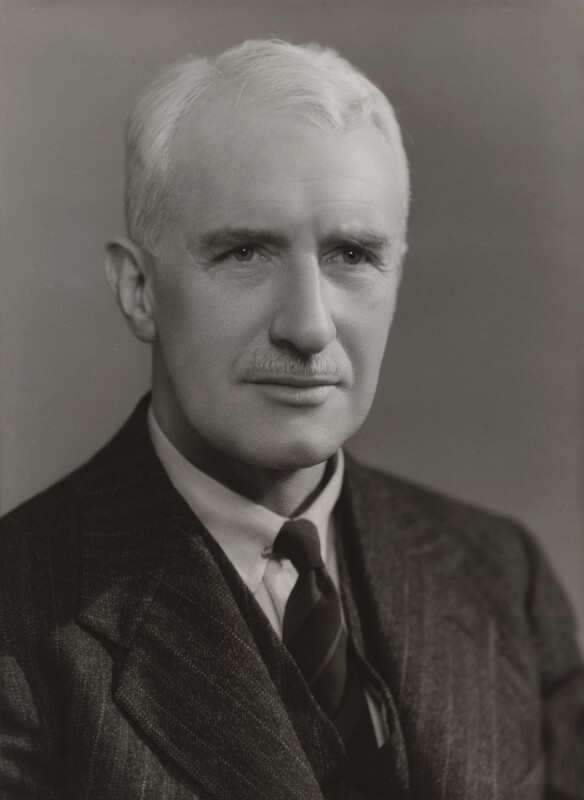
By the fall of 1933 about 15% of all university teachers had lost their jobs, most of them fired because of their political beliefs, while a third were dismissed because they were Jewish. [4] Of the 1,200 who were immediately dismissed, the largest group – nearly a third – were in departments of medicine, over 300 were in Law and the Social Sciences, and over 300 in Physics, Chemistry Technology and Philology. Many no doubt stayed on hoping the storm would pass. But a large number of academics (somewhere around 650 by 1934) emigrated from Germany. Many of these, including a half dozen Nobel Prize winners, were helped in their moment of need by support from outside, including by the British-based Academic Assistance Council (AAC). [5]
How did the AAC come in to being?
From 1933 to 1938, Beveridge was the heart and soul of the British effort to rescue academics. [6]
Precise accounts of how the Council first came into being vary somewhat. Beveridge provided his own version of events many years later in his 1959 book, A Defence of Free Learning. Here he recalled that he was in Vienna in early 1933 with the LSE economist, Lionel Robbins working on a project dear to his heart: a Rockefeller funded project on prices. They were in a hotel talking. The Austrian economist Von Mises entered carrying a newspaper containing a list of all those to be dismissed from German universities. Shocked and distressed by the news Beveridge then returned to London and LSE. At LSE he set up a fund “financed largely by a voluntary contribution by staff members of a proportion of their salary”. [7] At the same time he made contact with friends outside the School, amongst them the great liberal historian George Trevelyan. He then contacted the scientist Frederick Gowland Hopkins and Lord Rutherford. Out of these early meetings was born the Academic Assistance Council whose first President was Rutherford and its first offices lodged in “Rooms of the Royal Society, Burlington House, London W1”.
Nobody has ever disputed the critical role played by Beveridge. Certainly what he did through the AAC was one of his most important achievements. However, the precise details of who initiated what and when have been subject of some discussion which have focused in particular on the part played by Leo Szilard. For whatever reason Beveridge in his account does not mention Szilard. Others though have pointed to the energy which Szilard displayed. Indeed, having watched Hitler take power he immediately travelled down from Berlin to Vienna where he met Beveridge and Robbins. Here it seems he urged Beveridge (who needed no persuading of course) to create a “refugee settlement committee” back in England. Beveridge in turn encouraged Szilard to see him when he (Szilard) was back in London. Szilard followed through and met Beveridge. Yet he was shrewd and perhaps modest enough to realise that it required someone with “connections” within Britain itself to push the project forward – someone in other words with contacts in all the right places. As he confessed in a letter to Beveridge himself, I “lack a knowledge of the English way of doing things”. The same could never be said of the Director of LSE! [8]
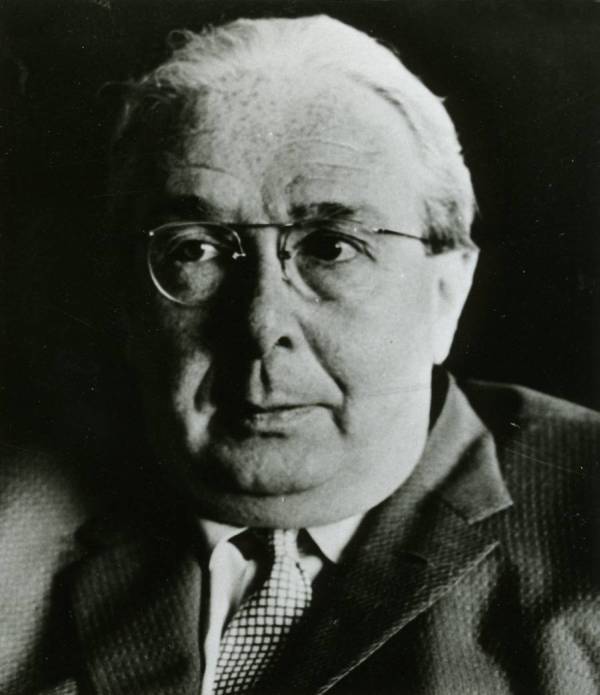
The AAC becomes active
Beveridge was clearly impressed by Szilard’s sense of urgency and recognised he was the person to prod him into action, although this hardly proved necessary. [9]
The AAC’s first appeal was made public on 22 May 1933. Signed by 41 eminent people including a number of scientists, four Royal Society Presidents, John Maynard Keynes, the poet A E Housman, the philosopher A D Lindsay and the liberal classicist Gilbert Murray, the statement made clear that something would have to be done to “offer employment to these men and women” who had been “obliged to relinquish their posts in the Universities in Germany”. It also stressed that its own means were limited for the task ahead, and that it would be making an appeal to the universities in the UK and indeed to other universities in as many other countries as possible. By its own admission it could not do everything itself. Nonetheless, it could function as a fundraiser, a stimulant to encourage others to act, a “clearing house and a centre of information”. On 24 May the new organisation – the AAC – “was announced” in the London Times and all the British newspapers. The first meeting was held at Burleigh House on 1 June.
Within the Council there was some discussion about the best way of being effective without stirring up official opposition to its work either in Germany – the Nazis remained sensitive to world opinion – or even in the UK itself. Beveridge was not a man given to wild excesses. Indeed, in one famous phrase he made it clear that protests against what was taking place in Germany would “butter no parsnips”. On the other hand, careful reasoned action by those in high places might. Yet by all accounts he still wished to attack the source of the problem while stressing that it was Jews who were the first and main victims of Nazism.

Others however thought it wiser not to attack Germany or the German government. “Our actions” it emphasised implied “no unfriendly feelings to the people of any country and implies no judgement on forms of government”. The original letter of appeal was also careful to make it clear that the “issue raised was not a Jewish one alone; many who have suffered have no Jewish connection at all”. The last point was a delicate one. In fact, the newly formed AAC was from the outset careful to emphasise that its primary purpose was to relieve “suffering”’ and defend “learning and science” in general. Moreover, there was in its view a good pragmatic reason for doing so: namely a fear that if it did focus on the fact that many of those it was helping were Jewish, this would arouse a not-so-dormant anti-Semitism which lay just below the surface of British public life. [10] Interestingly (and probably not coincidentally) one of the people who was key in helping those under threat was Esther Sinovitch. Born of a Leeds Jewish family, she went on to play a massive role as one of the main AAC officers. However, she did so under her new Anglicised name: Esther Simpson. [11]

The AAC set about its task with gusto and purpose; and the job it did was a vital one. As Ralph Kohn has noted “the British response to the challenge was pivotal” and the AAC played its part right at the centre of this effort. [12] Two other authors – one an émigré from Nazism himself – make much the same point in their account. As one of them recalls, the more we have come to admire the scientists who came to Britain and the West” [the more] we are reminded of those “academics of Britain who in 1933 were quick to see the danger and act. They behaved with an intelligence, courage and decisiveness that should guide us all.” [13]
Deepening crisis
At first the flow of applicants was more or less manageable. But as the Nazis tightened their grip ever more intensely on German intellectual life the flow became a flood and threatened to become a deluge… Beveridge suggested the AAC be renamed to reflect this and in 1936 it became the ‘Society for the Protection of Science and Learning’. [14]
The task of aiding refugees moved from being urgent in 1933 and 1934, to critical after the passage of the Nuremberg Laws of 1935, to absolutely desperate by the end of 1938 with the German Anschluss of Austria in March, followed a few months later by the so-called Kristallnacht in Germany when synagogues were burned down, Jews killed, and interned in large numbers. The numbers of all Jews and others trying to get out now rocketed; those who might earlier have hoped that things would or might return to normal now had their hopes dashed. Escape, if possible, was the only option.
The job of the AAC became even harder – so much so that it was decided in 1936 to move from being an AAC to becoming a Society for the Protection of Science and Learning (SPSL). The SPSL did the lion’s share of the work now in providing initial support for displaced academics. Many of these found work in the UK but many were also helped to find employment in the USA, South America, Turkey and even China. In total by the outbreak of the Second World War the SPSL had aided at least 900 scholars.
But in spite of all this effort, escape either for academics, or indeed anybody else, was not easy. The Nazis effectively stole everything from those seeking to get out of Germany (and now Austria). Nor were other countries at all keen in opening their doors. Indeed, the Evian Conference convened in 1938 to discuss the crisis only ended up providing propaganda for the Nazis who could now boast that nobody wanted the Jews. And nobody it seemed did. In fact, with the exception of the tiny Dominican Republic no country was willing to accept an increased flow of refugees.
Obstacles
Meanwhile the AAC (and its successor the SPSL) continued in their work. However, it faced several obstacles. One came from a number of the professions who feared that that a large influx of highly qualified refugees would make it even more difficult for those looking for work in a difficult job market. According to one source, there were 16,000 unemployed musicians in England in the 1930s. Defence of professional privilege was also something the ACC and the SPSL faced, notably from the doctors and dental associations. As Walter Adams later pointed out, “Until the war the medical profession maintained a successful opposition to the admission of refugee doctors to practice”[15] Nor did the City of London do anything in spite of requests for support.
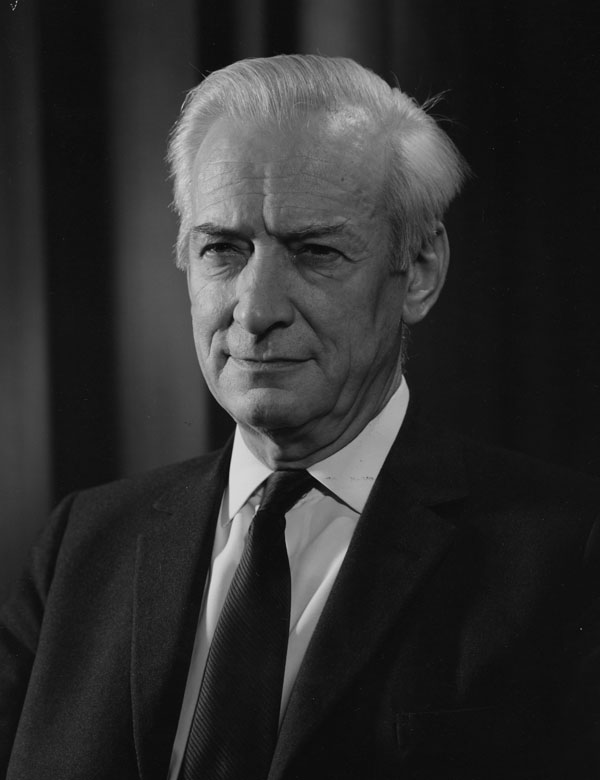
Then there was officialdom itself. How far “Whitehall” facilitated or hindered entry into Britain in the 1930s remains a moot point. According to at least one account Britain’s record was a mixed one. At first official Britain was far less welcoming than a number other countries but ultimately became more generous following Kristallnacht in 1938. In all up to 80,000 refugees may have arrived in Britain, including those who formed part of the famous Kindertransport.[16] Yet as Louise London has pointed out in her work, Whitehall and the Jews (2001) Whitehall could have done much more. It was hampered in her view by fear of refugees becoming an economic burden, by its own prejudices, and of course by a desire not to upset the situation in the Middle East by facilitating Jewish emigration to Palestine (in the end 60,000 went anyway). Moreover, having done the minimum in her view, in 1940 several thousand escapees from Nazism were interned, including many of the most brilliant scientists and academics who went on to make a major contribution to British life.
What happened to the refugees?
One of the more distinguished exiles from Nazism who was interned before going on to be released was of course Claus Moser – later Professor of Social Statistics at LSE and subsequently appointed to be the Director of the Central Statistical Office. But his story raises the crucial but difficult question of who lost and who benefitted from the appalling consequences of Nazism in Europe?
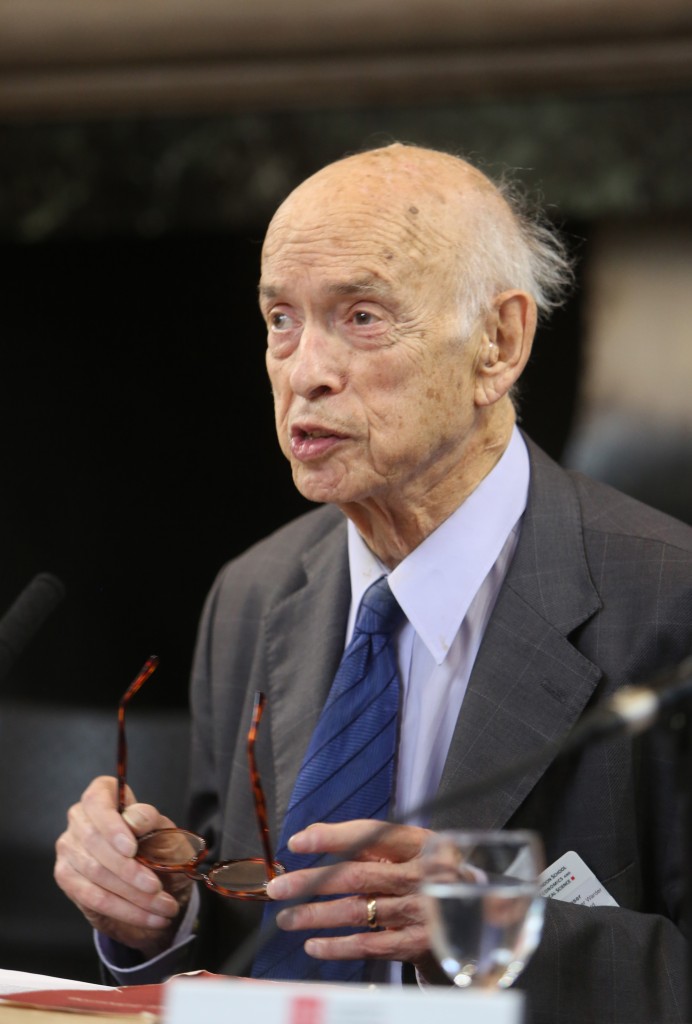
First, who lost? Clearly all those who were forced to leave “lost”. But Germany lost too – massively. Indeed, as Jean Medawar and David Pyke have pointed out in their ironically titled book, Hitler in effect made a “gift” to the rest of the world. The figures tell their own truly remarkable story. Indeed, of the more than 1,500 academic refugees who left Germany and Austria, several went on to win Nobel Prizes. In Britain alone refugee scientists made major contributions, particularly in the field of Physics (notably Eric Schrodinger, Sir Francis Simon, Rudolf Peierls, and Max Born) as well as Biology and Chemistry (William Feldberg, Herman Blaschko, Max Perutz). The cultural life of Britain was enriched too. Indeed, not only did the UK “acquire” the Warburg Institute from Hamburg in 1934, but offered refuge and finally a home to the great historian of art, Ernst Gombrich (who settled in the country in 1936), the architectural historian Nicolas Pevsner who arrived three years earlier, and of course Karl Popper who arrived in London to take up a position at LSE in 1946.
LSE was a beneficiary too. Apart from Moser and Popper, there was Michael Zander (Law) Sir Otto Kahn Freund (Labour Law) Hermann Mannheim (Law) and Karl Mannheim (Sociology). LSE might also have acquired one of the biggest libraries of radical and Marxist literature from Frankfurt if Beveridge had had his way. But Robbins objected on the grounds that it might reinforce the widely held view that the School was full of “reds”!
Conclusion
Finally, why does the story need retelling and what does it tell us?
Perhaps the first thing it tells us is about the importance of empathy and the outsize role played by a dedicated group of academics in Britain who helped save the lives of hundreds of “strangers” often against a background of official indifference and condescension. Other organisations and in other countries played a critical role too. But according to two American scholars who made an early study of the rescue of German science and learning, “no praise can be too high to give to this distinguished body of British scholars and men of affairs for their unceasing efforts on behalf of the German Professors who had lost their careers and livelihoods.” [17]
The story also sheds a good deal of positive light on the fourth Director of the LSE: William Beveridge, a complex figure by any measure who as Beatrice Webb later remarked did not have the sweetest of temperaments. Yet he emerges here as a vital actor who displayed all the same qualities he had since 1919 in turning LSE into a world class institution. The story of the AAC is not just about Beveridge. But without Beveridge, much might not have happened. As one of his successors (in his own way a refugee from Nazism) was later moved to remark, the work Beveridge did in mobilising support in rescuing academics and intellectuals represented “his finest hour…”. [18]
Finally, there is a third reason for looking back which is to remind ourselves today that the crisis caused by the persecution and displacement of people has not gone way; nor have egregious attacks on academic freedom. As those who continue the work begun by Beveridge have pointed out, nearly ninety years “after William Beveridge and his colleagues started “to rescue academics in Germany” the fight to save those threatened by “intolerance” and persecution goes on. [19]
Podcast
Listen to the podcast from Professor Cox’s 2019 talk: “The Kindness of Strangers”: Hitler, Beveridge and the origins of the Academic Assistance Council.
Please read our comments policy before commenting
Footnotes
[1] Norman Bentwich, The Rescue and Achievement of Refugee Scholars, The Hague, Martinus Nijhoff, 1953, p10.
[2] James J Sheehan, in his review of Michael Burleigh and Wolfgang Wippermann’s The Racial State: Germany 1933-1945 (1991) quoted in History of European Ideas, Vol 14:6, 1992, p879.
[3] On Heidegger and Schmitt’s close relationship with Nazism, see Victor Farias, Heidegger and Nazism, Temple University Press, 1989, and Bill Scheuerman, “Carl Schmitt and the Nazis”, German Politics & Society, Summer 1991, No 23, pp71-79.
[4] Richard Evans, The Coming of the Third Reich, New York: Penguin, 2003, pp422–23.
[5] Beginning in 1933, the Academic Assistance Council set up a card system for all those who arrived seeking support. Each person had to fill out a questionnaire stating name, age, area of expertise, religion, reason for dismissal, former income, language skills, preferred country and additional family members. One of the first lists of “Displaced Teachers” covered the period 4 April 4 and 15 May 15 1933. A much longer list was published in London in 1936 (with the financial assistance of the [Rockefeller] Foundation). This was a book of 125 pages entitled “List of Displaced German Scholars”. It contained the names of 1,639 people representing 60 academic disciplines. See Raymond B Fosdick, “Scholars in Exile”, The Rockefeller Foundation Review.
[6] Quote from David Zimmerman, “’Protests Butter no Parsnips’: Lord Beveridge and the Rescue of Refugee academics from Europe, 1933-1938”, in Shula Marks et al, In Defence of Learning, British Academy, Oxford University Press, 2011, p29.
[7] Walter Adams, “The Refugee Scholars of the 1930s”, The Political Quarterly, 39:1, 1968, p7.
[8] See Leo Szilard, “Reminscences”, Perspectives in American History, Vol II, 1968, esp pp95-98.
[9] R M Cooper, ed, Refugee Scholars: Conversations with Tess Simpson, Leeds, Moorland Books, 1992, p242.
[10] See David Zimmerman, “The Society for the Protection of Science and Learning and the Politicisation of British Science in the 1930s”, Minerva, 2006, 44, pp25-45.
[11] The official change in her name to Esther Simpson (formerly Esther Sinovitch) is listed in The London Gazette, 29 September 1933, p 6324.
[12] Ralph Kohn, “Nazi Persecution: Britain’s rescue of Academic Refugees”, European Review, vol19, 2; 2011, pp 255-283.
[13] Jean Medawar and David Pyke, Hitler’s Gift: The true story of the scientists expelled by the Nazi regime, New York, Arcade publishing, 2001.
[14] Daniel Snowman, The Hitler Emigres, London, Pimlico Editions, 2003, p103.
[15] Walter Adams, op it, p10.
[16] A J Sherman, Island Refuge: Britain and Refugees from the Third Reich, 1933-1939, University of California, 1973.
[17] Stephen Duggan and Betty Drury, The Rescue of Science and Learning, New York, The Macmillan Company, 1948, p5.
[18] Quoted in Ralf Dahrendorf, The LSE 1895-1995, Oxford University Press, 1995, p286.
[19] Academic Freedom, Cara, Annual Report, 2018-2019, p1.


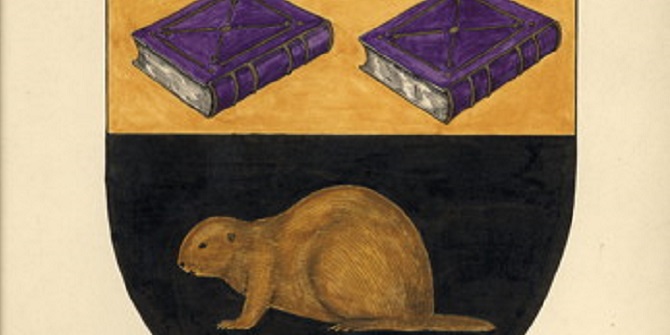


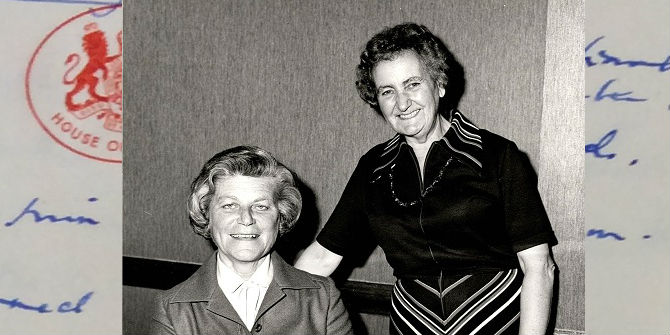
Thanks for sharing this information.